Home>Gardening & Outdoor>Plant Care & Gardening Tips>Where To Plant A Native Azalea
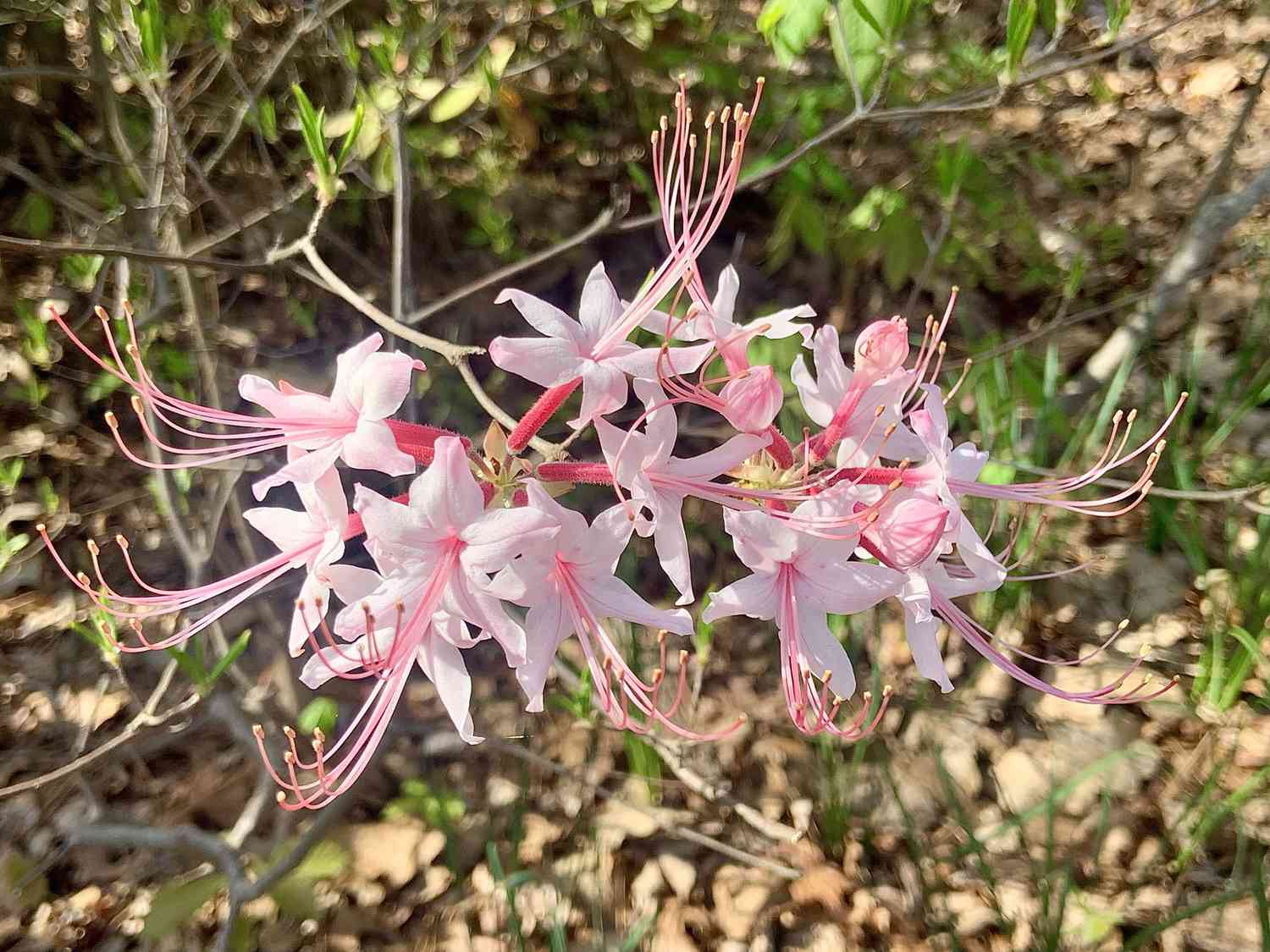

Plant Care & Gardening Tips
Where To Plant A Native Azalea
Modified: January 5, 2024
Discover expert plant care and gardening tips for planting a native azalea in your garden. Learn how to create the perfect conditions for this beautiful and vibrant flowering shrub.
(Many of the links in this article redirect to a specific reviewed product. Your purchase of these products through affiliate links helps to generate commission for Storables.com, at no extra cost. Learn more)
Introduction
Welcome to the world of native azaleas, where the beauty of these vibrant flowering shrubs meets the joy of cultivating them in your own garden. Native azaleas, also known as wild honeysuckle or honeysuckle azaleas, are a diverse group of plants that offer a stunning array of colors, fragrances, and growth habits. These enchanting shrubs have been cherished for centuries, admired for their elegance and resilience in various landscapes.
In this comprehensive guide, we will delve into the art of planting and caring for native azaleas, exploring the key factors that contribute to their thriving growth. Whether you are a seasoned gardener or a novice enthusiast, this article will equip you with the knowledge and insights needed to cultivate these exquisite plants successfully.
Join us as we embark on a journey through the enchanting world of native azaleas, uncovering the secrets of selecting the perfect location, understanding their unique characteristics, and providing them with the care they deserve. By the end of this guide, you will be well-prepared to create a breathtaking display of native azaleas in your garden, enriching your outdoor space with their captivating allure. Let's dive in and unlock the wonders of planting and nurturing these remarkable flowering shrubs.
Key Takeaways:
- Embrace the diverse beauty of native azaleas by choosing the right location with filtered sunlight, acidic soil, and protection from harsh elements for their thriving growth in your garden.
- Nurture native azaleas with proper planting, watering, and care to witness their vibrant blooms and graceful foliage, contributing to the preservation of local biodiversity and the support of pollinators and wildlife.
Read more: Where Is The Peppermint Plant Native To
Understanding Native Azaleas
Native azaleas, belonging to the Rhododendron genus, are a diverse and captivating group of flowering shrubs that are native to various regions of North America. Unlike their more common counterparts, the evergreen azaleas, native azaleas are deciduous, shedding their leaves in the fall and showcasing a brilliant display of autumn colors. What sets native azaleas apart is their remarkable diversity in terms of flower color, size, and fragrance, making them a prized addition to any garden landscape.
One of the most enchanting aspects of native azaleas is their captivating fragrance, which varies from delicate and sweet to citrusy or spicy, depending on the species and cultivar. Their flowers, which bloom in spring and early summer, range from pure white and soft pastels to vibrant shades of pink, orange, and red, creating a breathtaking spectacle that attracts pollinators and admirers alike.
Another distinctive feature of native azaleas is their adaptability to different growing conditions, with various species thriving in woodland settings, open meadows, and even swampy areas. This adaptability makes them a versatile choice for gardeners seeking to add a touch of natural beauty to their outdoor spaces.
Native azaleas also play a vital role in supporting local ecosystems, providing nectar for pollinators and serving as habitat and food sources for wildlife. By incorporating these native plants into your garden, you can contribute to the preservation of local biodiversity while enjoying their aesthetic and ecological benefits.
As we continue our exploration of native azaleas, we will uncover the key considerations for selecting the ideal location to plant these enchanting shrubs, ensuring that they receive the optimal conditions for flourishing and gracing your garden with their timeless charm.
Selecting the Right Location
Choosing the perfect location for planting native azaleas is crucial for ensuring their long-term health and vibrant growth. These enchanting shrubs have specific requirements that, when met, allow them to thrive and grace your garden with their stunning display of colors and fragrances. Here are the key factors to consider when selecting the right location for your native azaleas:
- Light Conditions: Native azaleas thrive in dappled or partial shade, making them well-suited for woodland gardens or areas with filtered sunlight. While some species can tolerate full sun, providing them with morning sun and afternoon shade is ideal for ensuring lush foliage and prolific blooms.
- Soil Quality: These plants prefer well-drained, acidic soil with a pH range of 4.5 to 6.0. Amending the soil with organic matter such as pine bark mulch or compost can improve its texture and drainage, creating an optimal growing environment for native azaleas.
- Air Circulation: Select a location that allows for good air circulation, which helps prevent the development of fungal diseases and promotes overall plant vigor. Avoid planting native azaleas in areas prone to stagnant air or excessive moisture, as this can lead to foliage issues and reduced flowering.
- Protection from Harsh Elements: Consider the potential impact of harsh weather conditions, such as strong winds and frost, when choosing a planting site. Providing a natural windbreak or selecting a sheltered area can shield native azaleas from damaging elements, ensuring their resilience in the face of environmental challenges.
By carefully assessing these factors and selecting a location that meets the specific needs of native azaleas, you can create an optimal environment for their growth and development. In the next section, we will explore the essential requirements for soil quality and sunlight that contribute to the flourishing of these captivating flowering shrubs.
Plant native azaleas in well-drained, acidic soil with dappled sunlight. They thrive near trees or in woodland gardens. Avoid planting in heavy clay or waterlogged soil.
Soil and Sunlight Requirements
Understanding the soil and sunlight requirements of native azaleas is essential for creating an environment that supports their optimal growth and blooming potential. By ensuring that these key factors are addressed, you can set the stage for a breathtaking display of colorful blooms and lush foliage. Let’s explore the specific soil and sunlight requirements that contribute to the thriving success of native azaleas:
- Acidic Soil: Native azaleas thrive in acidic soil with a pH range of 4.5 to 6.0. This acidic environment is crucial for their ability to absorb essential nutrients, such as iron and magnesium, which are less available in alkaline soils. Conduct a soil test to determine the pH of your garden soil and make amendments using sulfur or acidic fertilizers to lower the pH if necessary.
- Well-Drained Soil: Ensuring that the planting site has well-drained soil is imperative for preventing waterlogged conditions, which can lead to root rot and other issues. If your soil has poor drainage, consider planting native azaleas in raised beds or amending the soil with organic matter to improve its texture and drainage capacity.
- Filtered Sunlight: While some native azalea species can tolerate full sun, most prefer dappled or partial shade. Planting them in locations with filtered sunlight, such as beneath tall trees or along the edges of wooded areas, provides the ideal light conditions for their growth. Morning sun and afternoon shade are particularly beneficial for promoting healthy foliage and prolific flowering.
- Protection from Intense Heat: In regions with hot summers, it’s important to protect native azaleas from prolonged exposure to intense heat, which can cause stress and diminish their vitality. Providing them with shade during the hottest part of the day and ensuring adequate moisture levels can help mitigate the effects of high temperatures.
By meeting the specific soil and sunlight requirements of native azaleas, you can create an environment that fosters their natural beauty and resilience. In the following section, we will delve into the art of planting and caring for native azaleas, guiding you through the essential steps to ensure their long-term health and captivating allure in your garden.
Planting and Caring for Native Azaleas
Planting and caring for native azaleas is a rewarding endeavor that allows you to witness the beauty of these captivating shrubs as they flourish in your garden. By following the essential guidelines for planting and maintenance, you can ensure the long-term health and vitality of your native azaleas, creating a stunning focal point in your outdoor space. Let’s explore the key steps involved in planting and caring for native azaleas:
- Planting Time: The ideal time to plant native azaleas is in the early spring or late fall when the weather is cool and the plants are dormant. This allows them to establish their root systems before the onset of hot, dry conditions.
- Planting Depth: When planting native azaleas, ensure that the top of the root ball is level with the surrounding soil surface. Avoid planting them too deeply, as this can lead to moisture-related issues and hinder their growth.
- Mulching: Apply a layer of organic mulch, such as pine bark or wood chips, around the base of the plants to conserve soil moisture, suppress weeds, and maintain a cool root environment. Keep the mulch several inches away from the main stem to prevent moisture-related issues.
- Watering: Native azaleas benefit from regular watering, especially during dry periods. Keep the soil consistently moist but not waterlogged, allowing it to dry out slightly between watering sessions. Deep, thorough watering is preferable to frequent light watering, as it encourages robust root development.
- Fertilization: Use a balanced, slow-release fertilizer formulated for acid-loving plants to provide essential nutrients to native azaleas. Apply the fertilizer in early spring, following the manufacturer’s recommendations regarding dosage and application frequency.
- Pruning: Minimal pruning is generally required for native azaleas, with the main focus being the removal of dead or damaged branches. Prune them immediately after flowering to shape the plants and maintain their desired form, taking care not to remove excessive foliage that can compromise future blooming.
- Pest and Disease Management: Keep an eye out for common pests such as lace bugs and spider mites, addressing infestations promptly with horticultural oils or insecticidal soaps. Additionally, monitor the plants for signs of fungal diseases and take preventive measures, such as promoting good air circulation and avoiding overhead watering.
By following these planting and care guidelines, you can nurture your native azaleas to thrive and enchant with their vibrant blooms and graceful foliage. In the concluding section, we will summarize the key insights and takeaways from our exploration of native azaleas, empowering you to cultivate these remarkable flowering shrubs with confidence and expertise.
Read more: Where Is The ZZ Plant Native To?
Conclusion
Congratulations on embarking on a journey through the enchanting world of native azaleas! By gaining a deeper understanding of these captivating flowering shrubs and the essential factors that contribute to their thriving growth, you are well-equipped to cultivate a stunning display of natural beauty in your garden. Let’s recap the key insights and takeaways from our exploration of native azaleas:
- Diversity and Beauty: Native azaleas offer a diverse array of flower colors, fragrances, and growth habits, enriching garden landscapes with their timeless charm and captivating allure.
- Site Selection: Choosing the right location with suitable light conditions, well-drained acidic soil, and protection from harsh elements is crucial for the successful cultivation of native azaleas.
- Soil and Sunlight Requirements: Meeting the specific soil and sunlight requirements, including acidic soil with a pH range of 4.5 to 6.0 and filtered sunlight, creates an optimal environment for native azaleas to thrive.
- Planting and Care: Following best practices for planting, watering, mulching, fertilizing, and pest management ensures the long-term health and vitality of native azaleas, allowing them to grace your garden with their vibrant blooms and graceful foliage.
As you embark on the journey of planting and caring for native azaleas, remember that each step you take contributes to the flourishing beauty of these remarkable shrubs. Whether you are creating a woodland garden, enhancing a naturalistic landscape, or adding a touch of elegance to your outdoor space, native azaleas have the power to captivate and inspire with their timeless allure.
By incorporating native azaleas into your garden, you not only enrich your outdoor environment with their natural beauty but also contribute to the preservation of local biodiversity and the support of pollinators and wildlife. Embrace the joy of nurturing these enchanting flowering shrubs, and savor the moments when their vibrant blooms paint a masterpiece in your garden.
With the insights gained from this guide, you are poised to embark on a fulfilling journey of cultivating native azaleas, creating a harmonious tapestry of colors and fragrances that celebrates the wonders of nature. May your garden flourish with the timeless elegance and captivating allure of native azaleas, enriching your outdoor sanctuary with their enchanting presence.
Frequently Asked Questions about Where To Plant A Native Azalea
Was this page helpful?
At Storables.com, we guarantee accurate and reliable information. Our content, validated by Expert Board Contributors, is crafted following stringent Editorial Policies. We're committed to providing you with well-researched, expert-backed insights for all your informational needs.
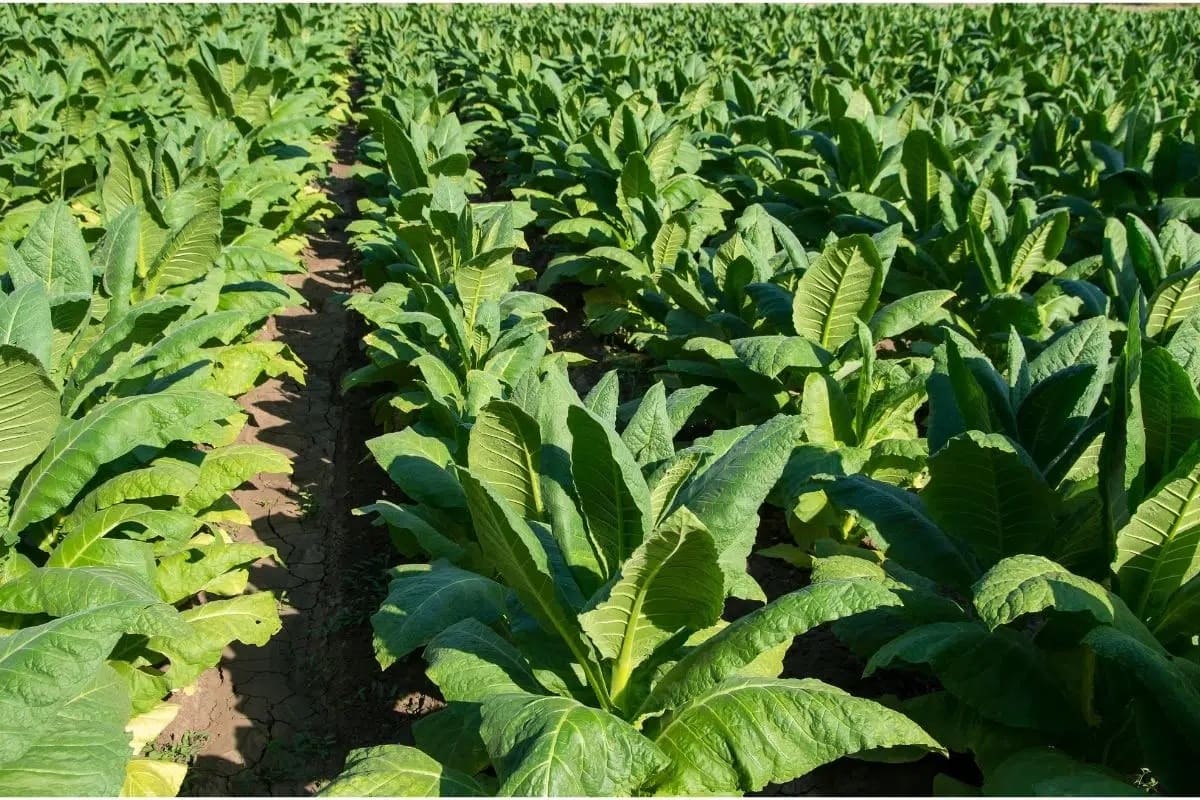
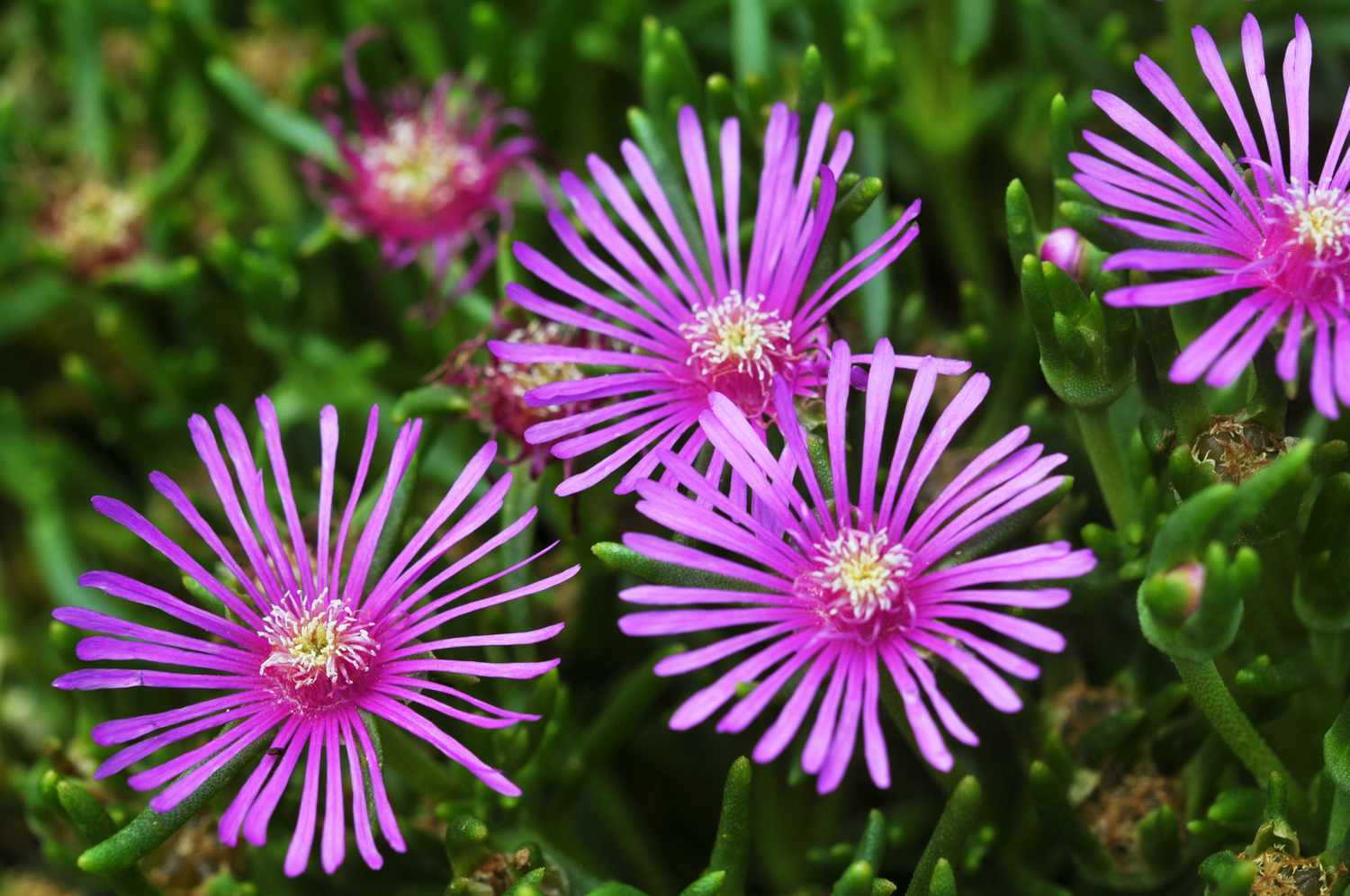
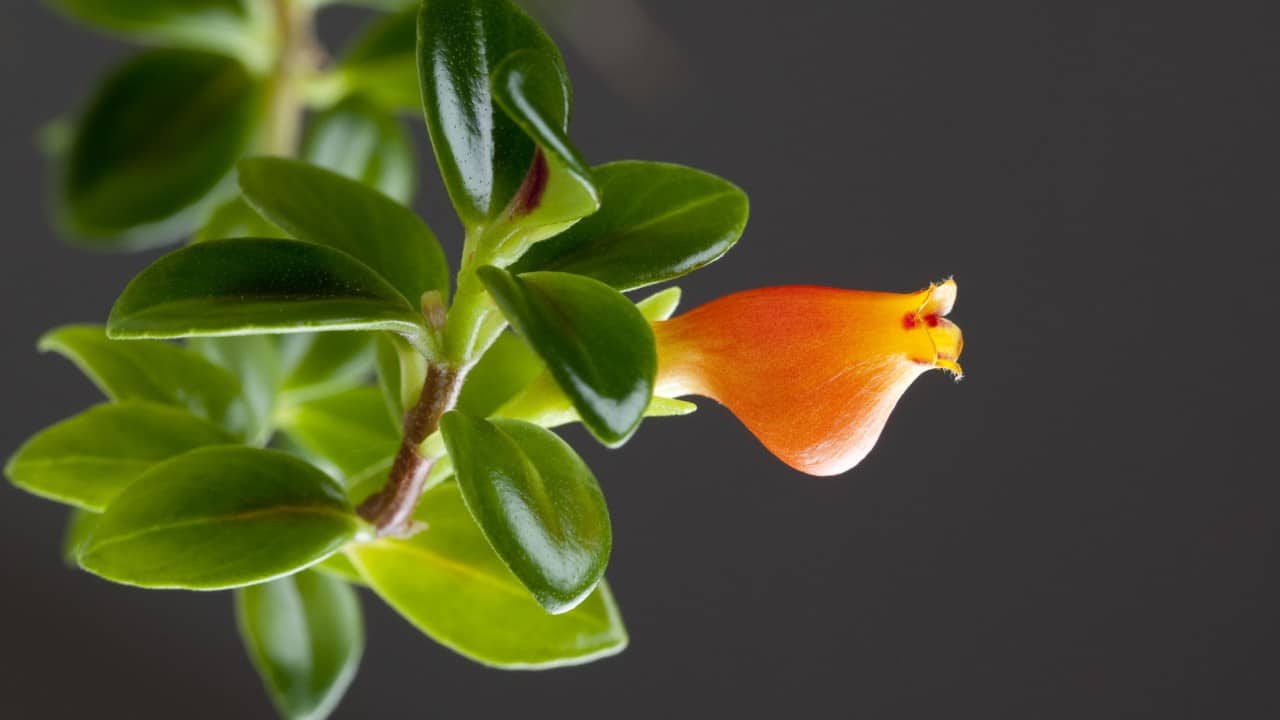
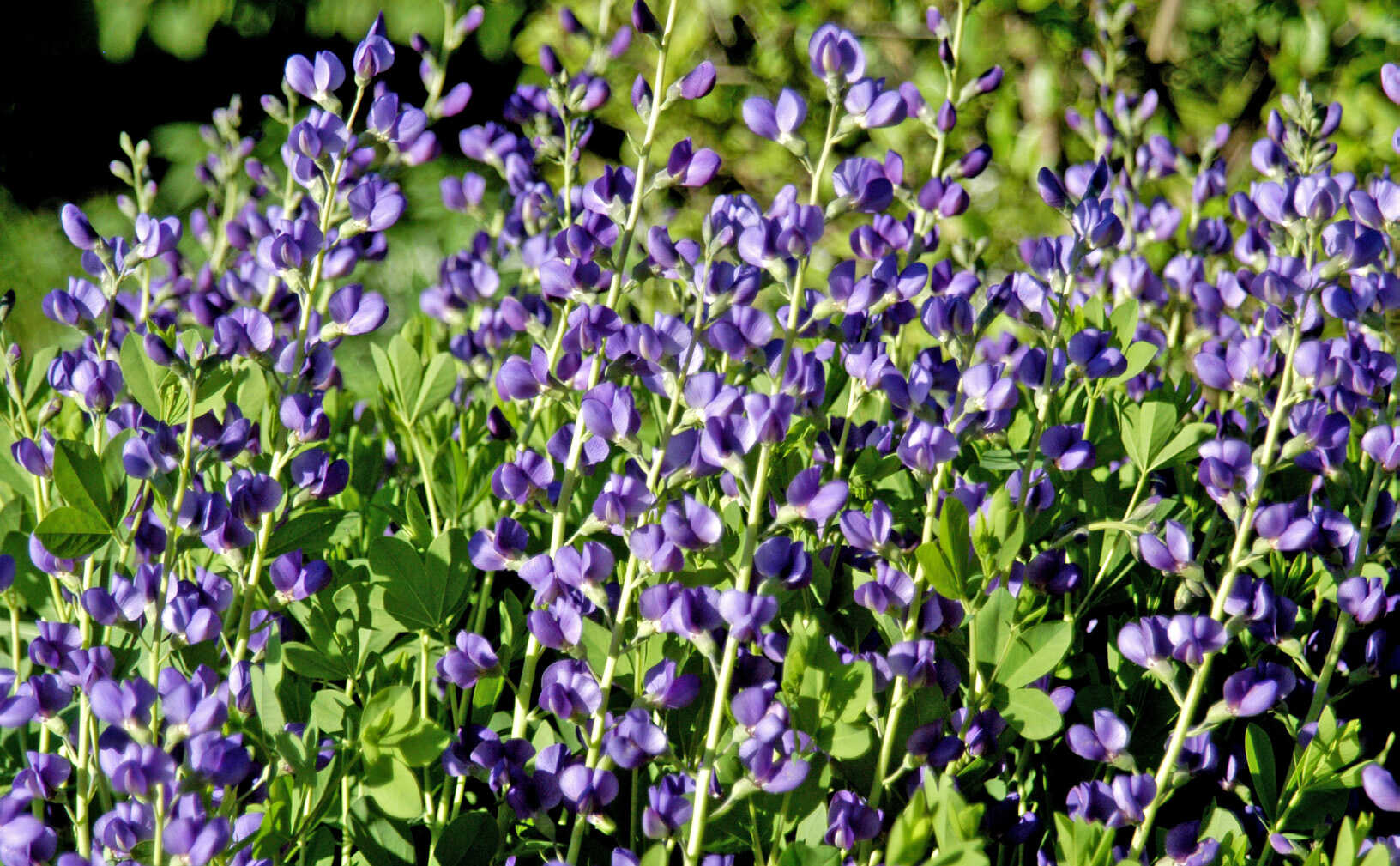
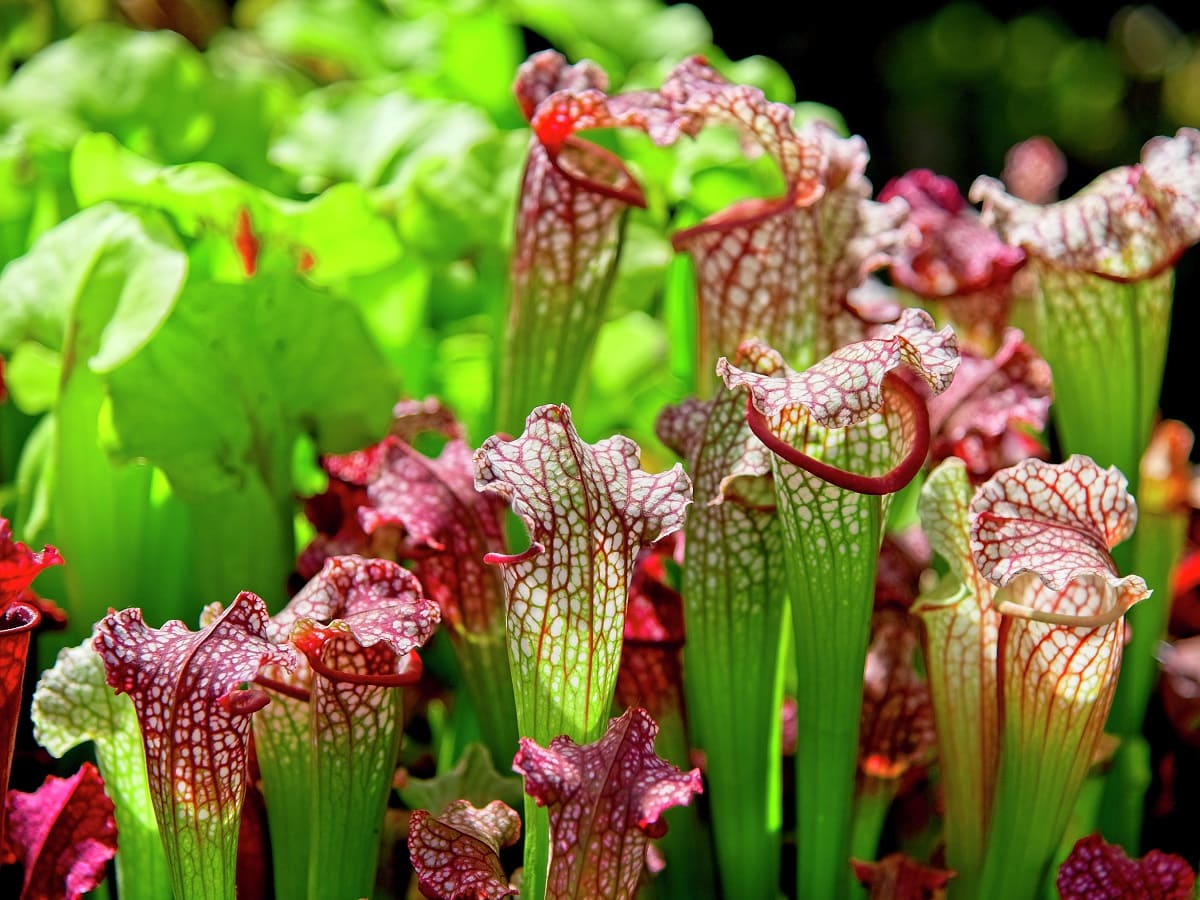
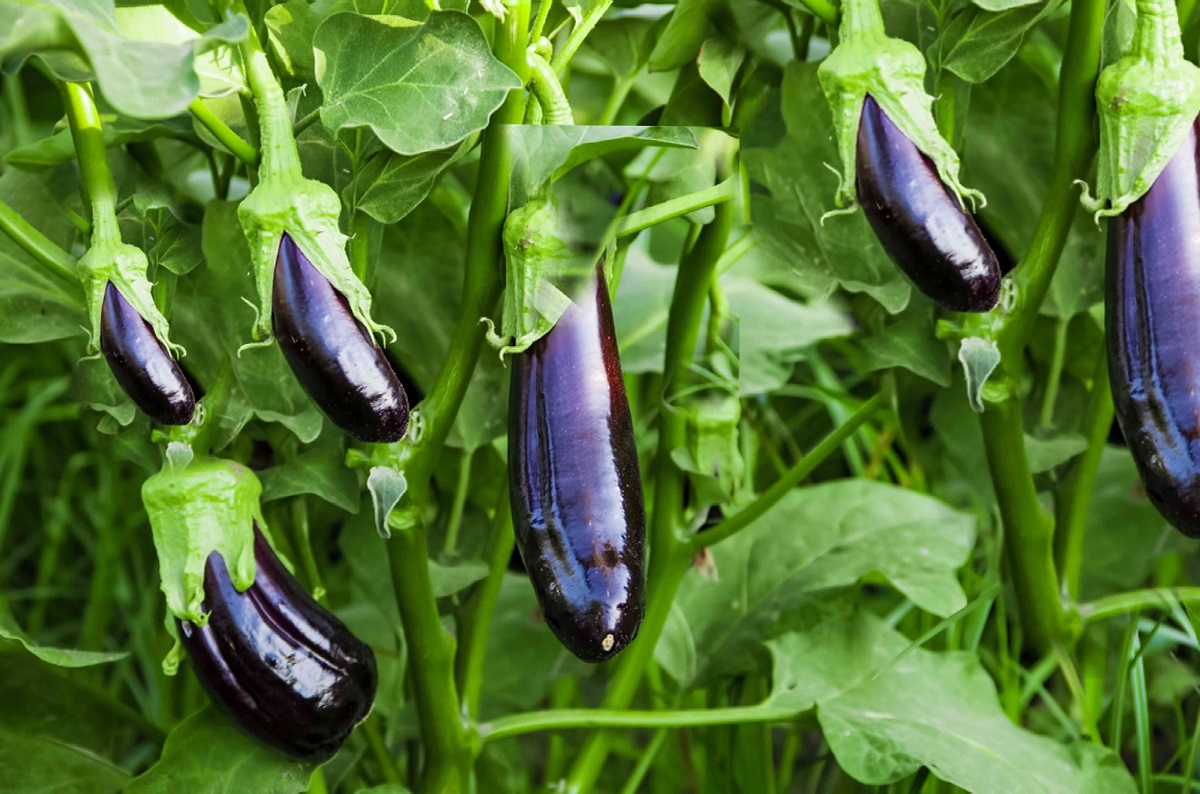
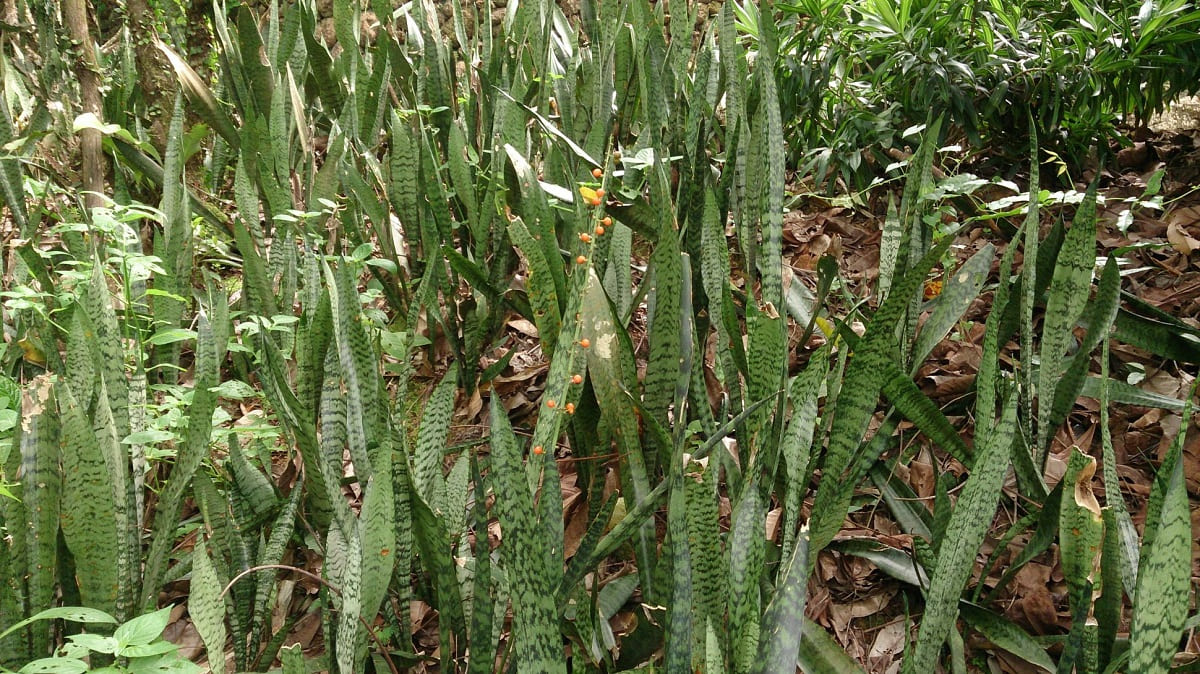
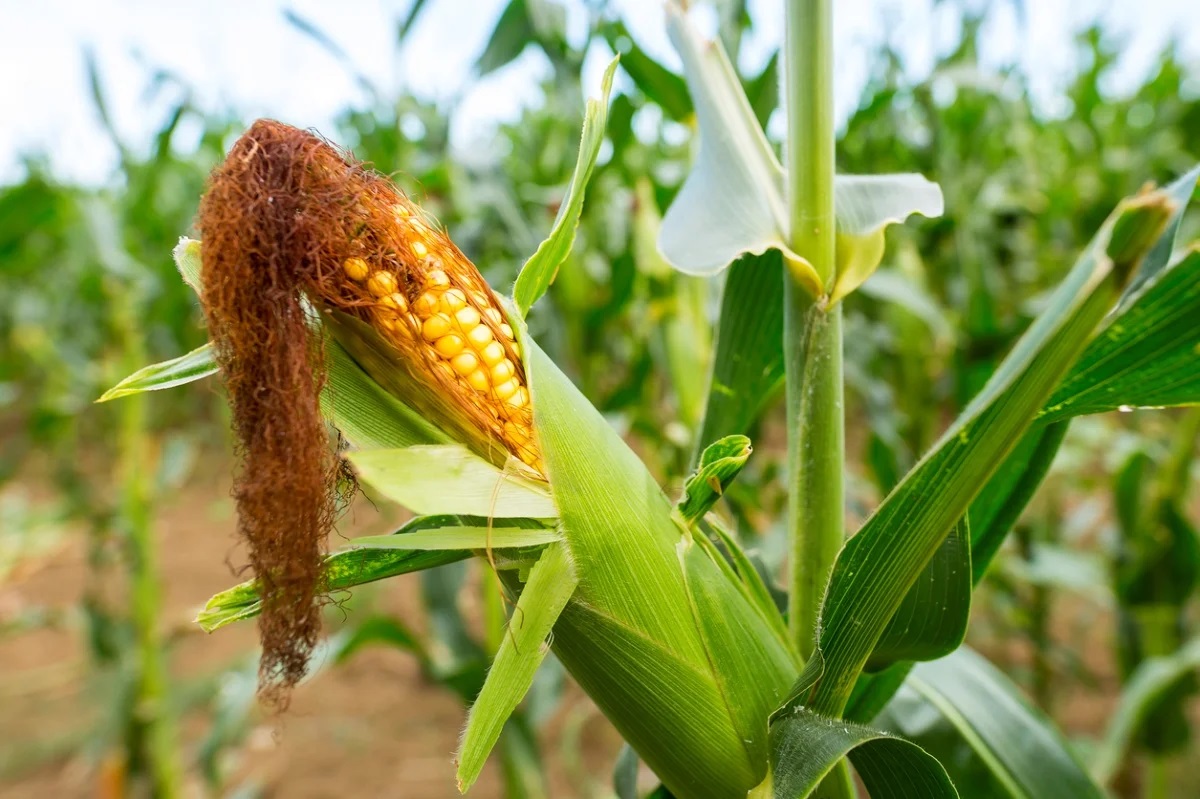
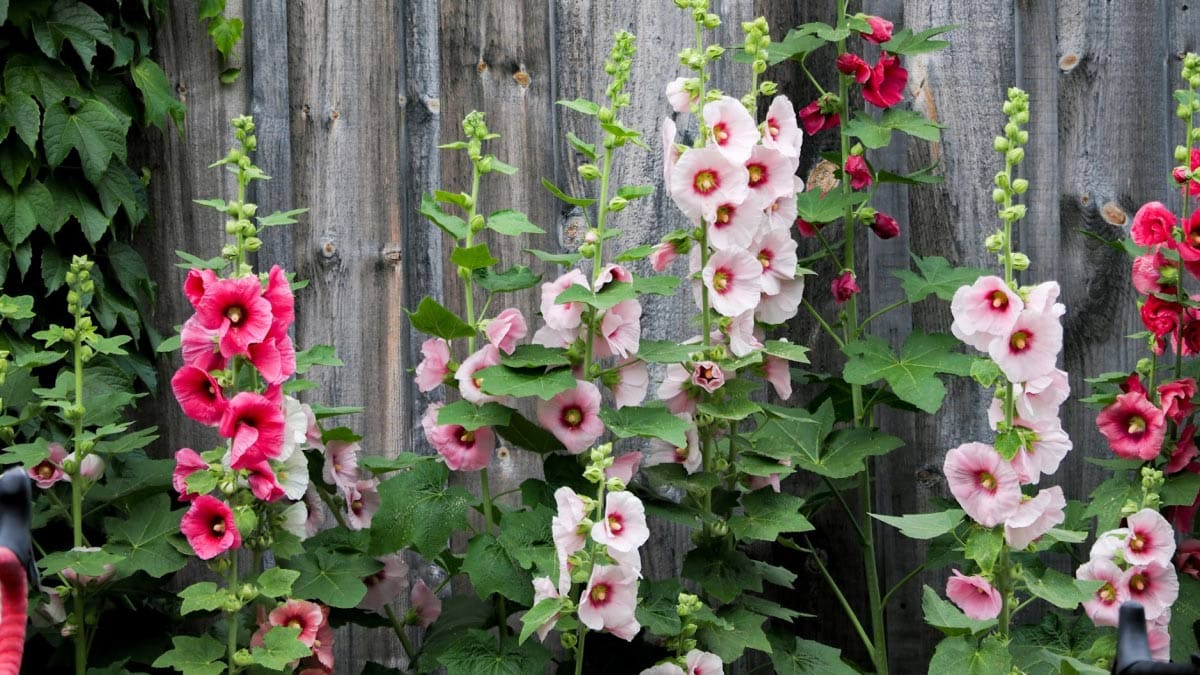
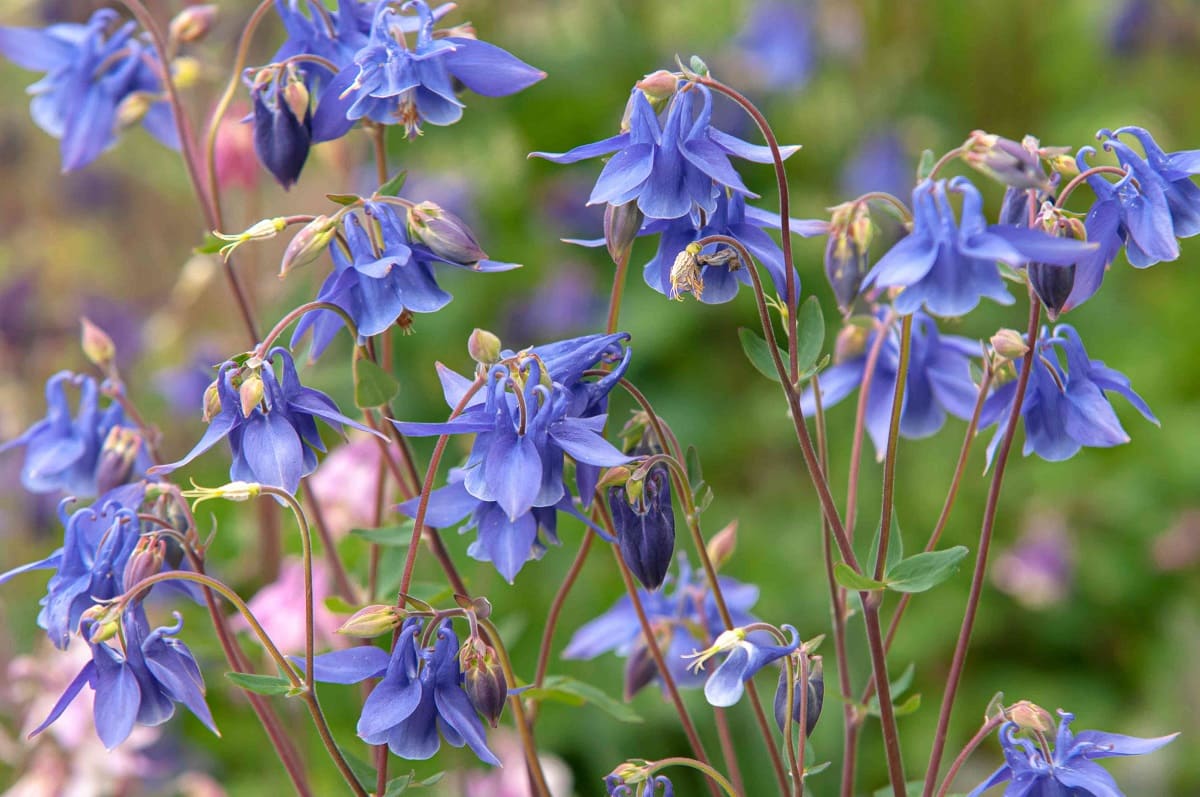
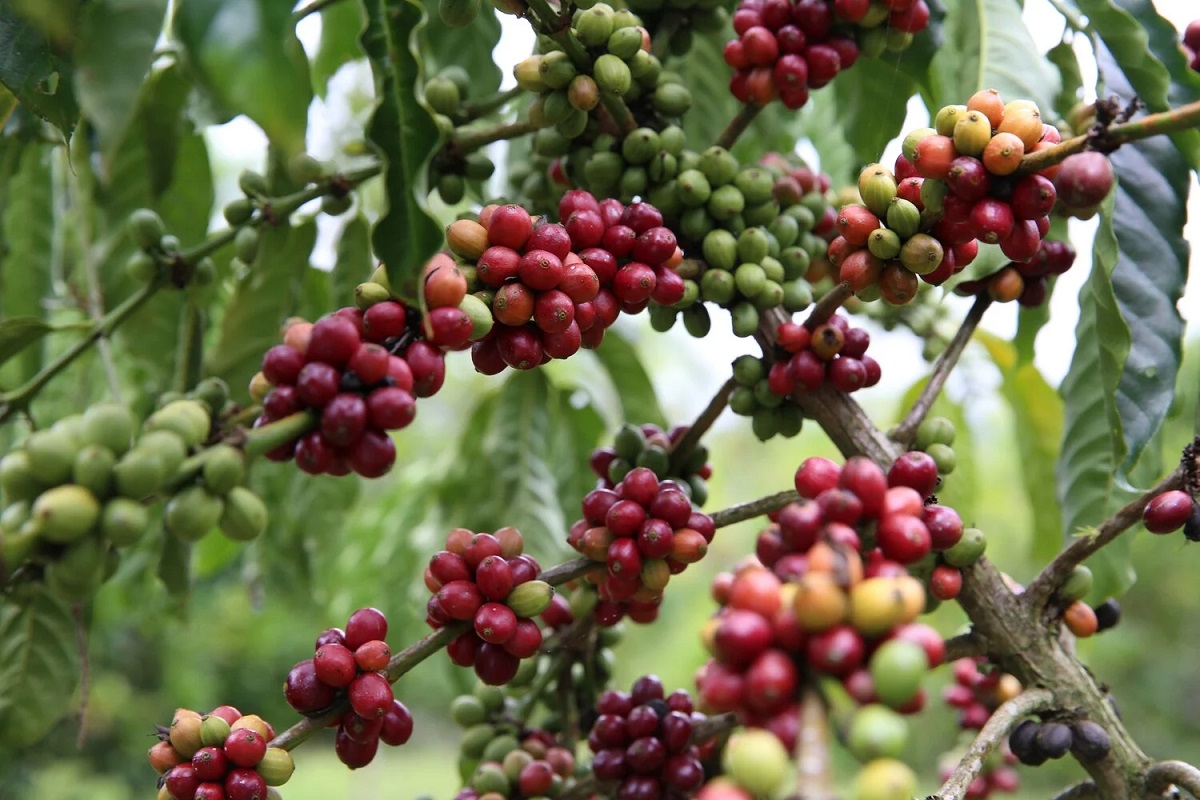
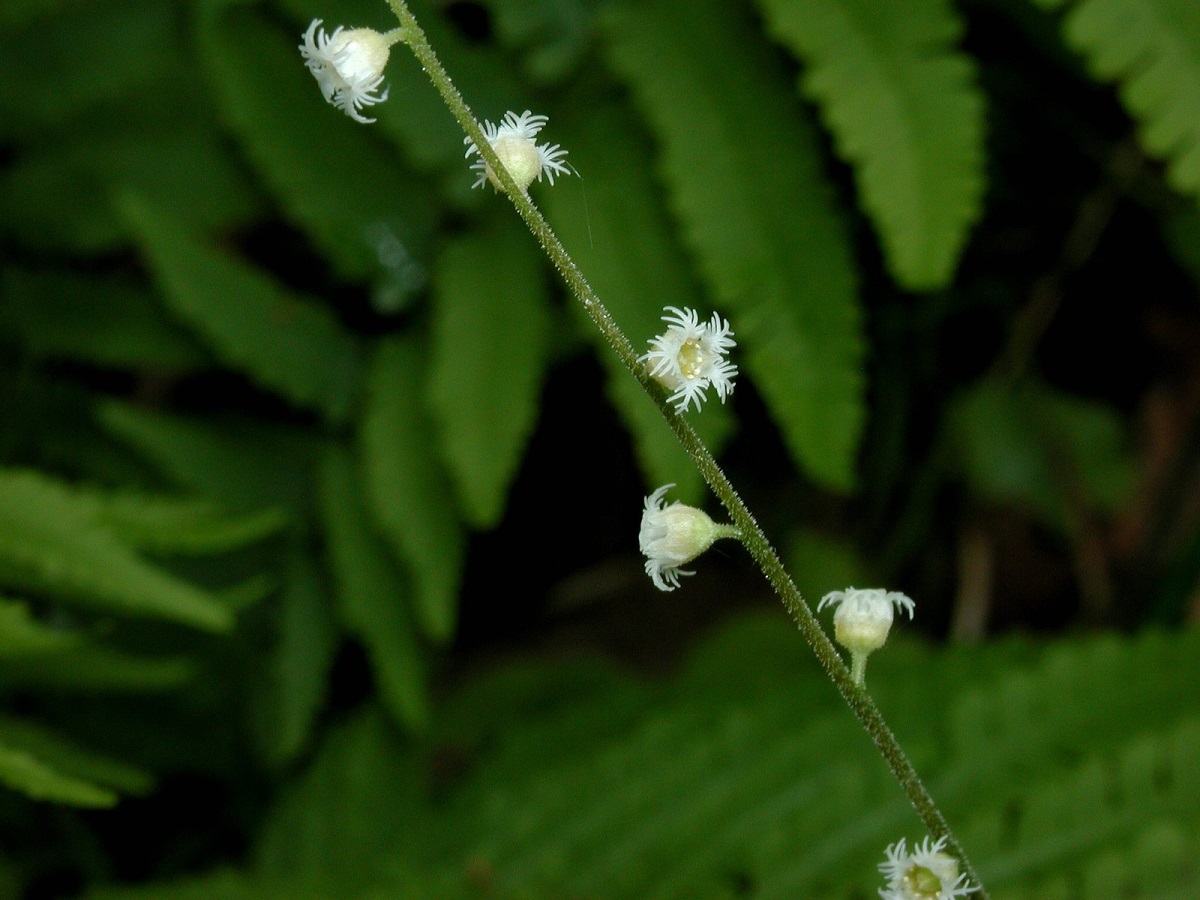
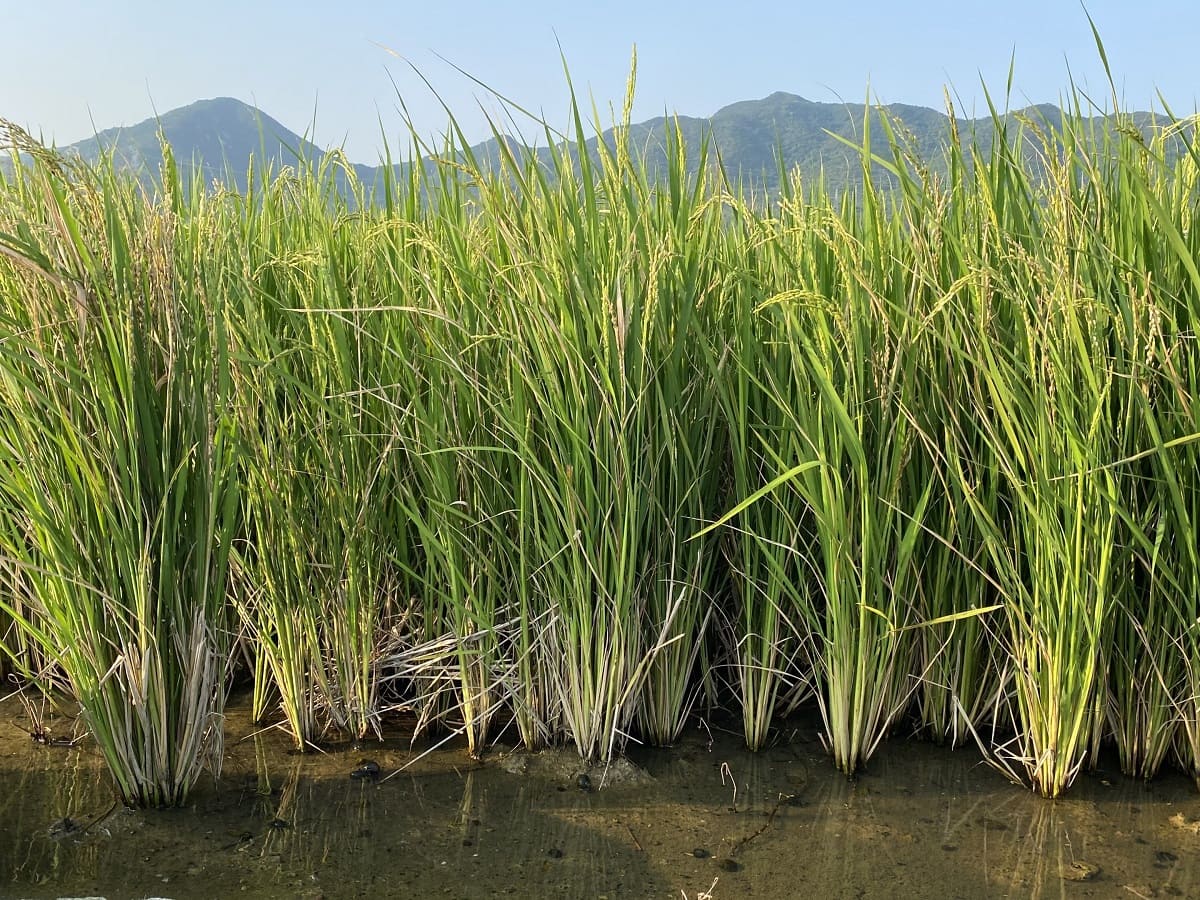
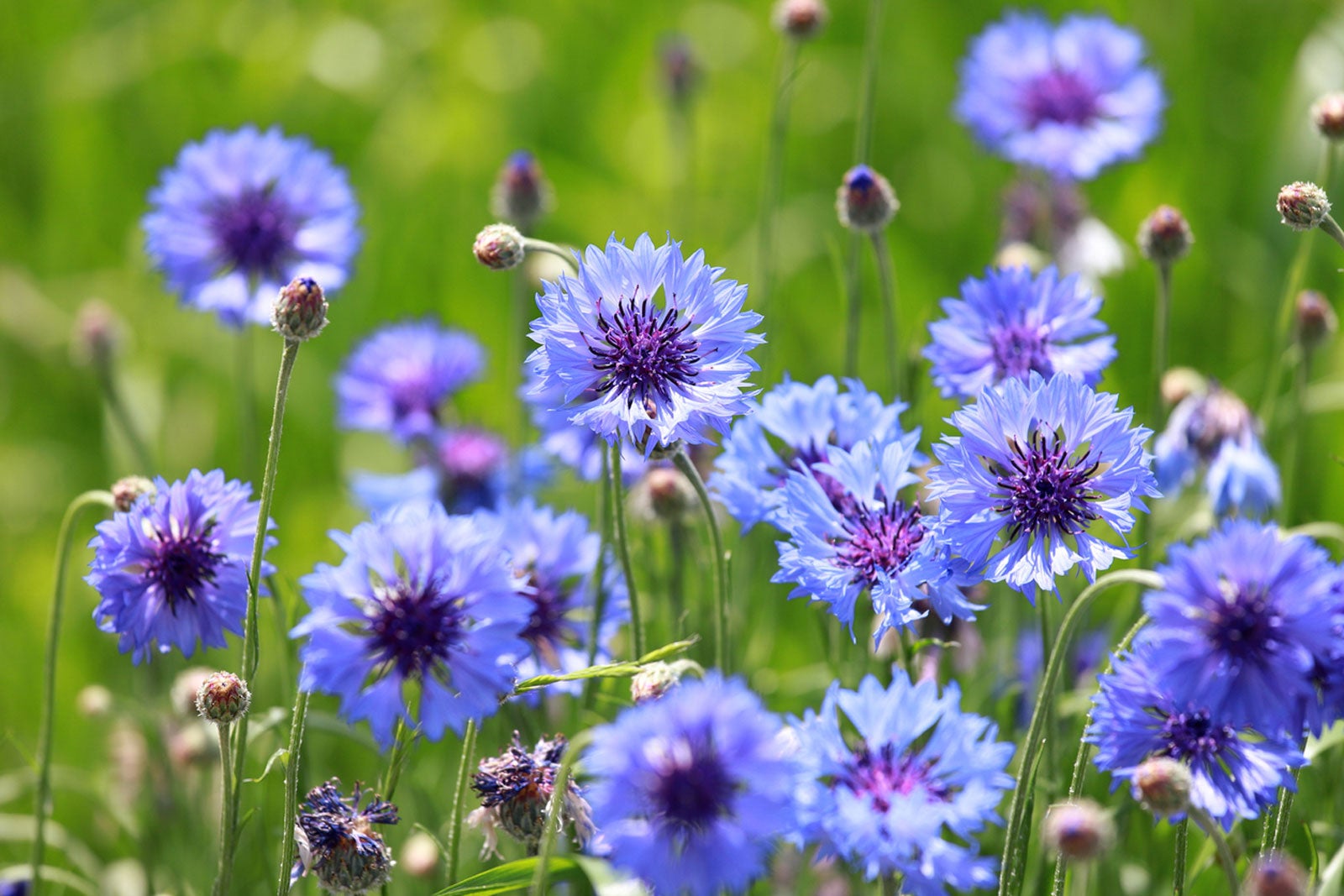

0 thoughts on “Where To Plant A Native Azalea”